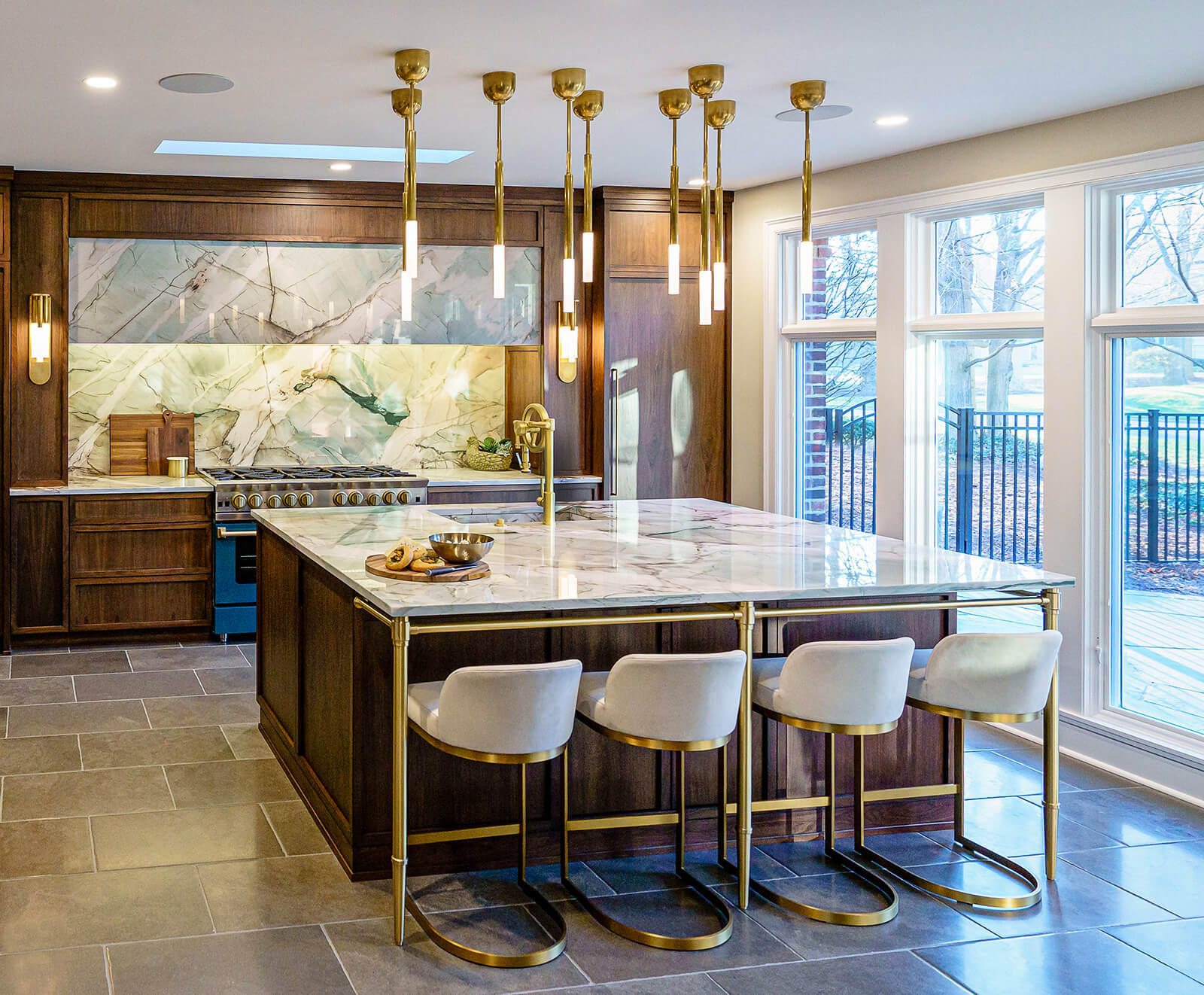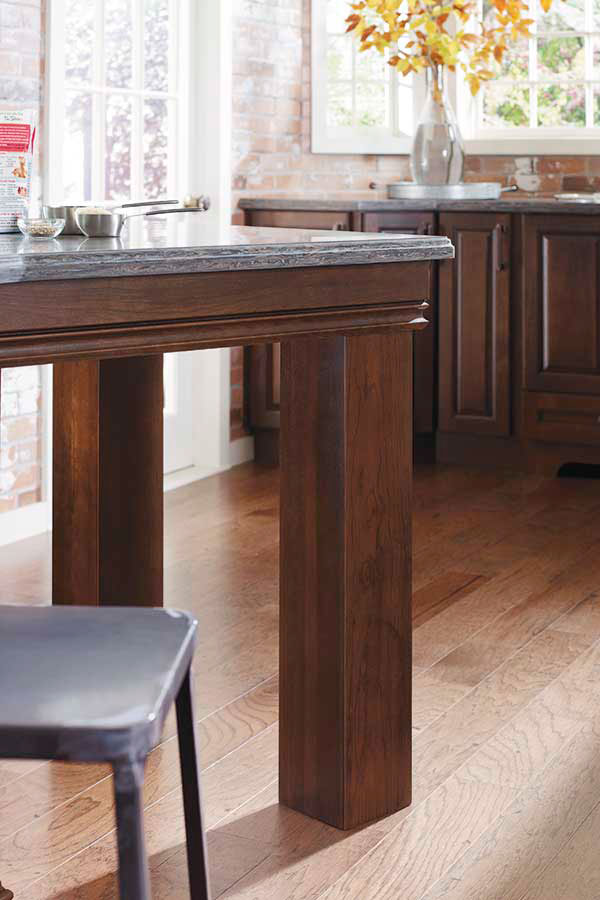Attain a Sophisticated Look Making Use Of Ornate Legs For Kitchen Island Designs
Important Factors to Consider When Picking Legs For Cooking Area Island
Selecting the ideal legs for a kitchen island includes a careful evaluation of numerous elements that can dramatically influence both performance and visual appeal. As we check out these components, it becomes clear that each choice can have far-ranging ramifications for the total kitchen experience.
Material Options
When selecting legs for a kitchen island, understanding the different product options is necessary for achieving both aesthetic charm and architectural integrity (Legs For Kitchen Island). The choice of material dramatically affects not only the sturdiness of the island yet also its overall design and performance
Steel legs, usually made from stainless steel or functioned iron, add a contemporary and commercial feel while ensuring durability and stability. These products are immune to use and can support substantial weight, making them ideal for bigger islands.
An additional alternative is engineered materials, like MDF or plywood, which can be more cost-efficient while still supplying a variety of surfaces. However, they might not give the exact same level of security as strong wood or steel. Materials such as acrylic or glass can create a contemporary appearance, though they might need additional support to make sure stability.
Inevitably, the option of product for cooking area island legs ought to line up with the desired functionality and the general motif of the cooking area.
Design And Style

When taking into consideration design, the form and coating of the legs are essential. Conical legs can give a feeling of agility and style, while thicker, extra durable legs can share stamina and security. Furthermore, the surface-- be it painted, stained, or all-natural-- need to enhance the kitchen cabinetry and counter top materials to create a unified look.
Moreover, the layout of the legs can additionally show personal taste. Personalized or attractive legs, such as those featuring elaborate carvings or one-of-a-kind geometric forms, can function as focal points, including personality and character to the kitchen. Inevitably, the ideal option will not just improve functionality yet likewise elevate the visual allure, making the kitchen area island a standout feature of the home.
Elevation Considerations
Choosing the proper height for kitchen area island legs is crucial, as it directly influences both functionality and comfort. The typical height for a kitchen area island typically ranges from 36 to 42 inches, lining up with usual countertop heights.

It is also necessary to represent users' choices and elevations. Customizing the elevation can guarantee a comfy experience for all relative, making the kitchen area island a more delightful and practical space.
Weight Assistance
Ensuring appropriate weight support for kitchen area island legs is vital for both safety and security and functionality. The cooking area island frequently offers multiple functions, including cooking, eating, and additional storage space, demanding a robust assistance structure. When choosing legs, it is critical to think about the general weight capacity needed based upon the island's planned use and the products that will certainly be positioned on it.
The option of product for the legs plays a significant function in find more info their weight-bearing capacities. Strong wood, metal, and durable compounds generally supply premium strength compared to lighter materials. In addition, the layout of the legs-- whether they are straight, tapered, or have a pedestal type-- can affect their capacity to disperse weight effectively across the structure.
Additionally, the leg positioning need to be strategically prepared to improve security. Legs placed at the edges or with a wider base can better support much heavier tons. Constantly get in touch with the manufacturer's specifications concerning tons limitations to make sure that the legs can sustain the intended weight without jeopardizing security. In summary, choosing kitchen area island legs with sufficient weight support is vital for producing a practical and risk-free culinary space.
Setup and Maintenance
Correct installment and maintenance of kitchen island legs are essential for making certain durability and stability. To start, it is necessary to comply with the manufacturer's standards during installation. This usually includes securing the legs to the space station utilizing appropriate bolts, guaranteeing that the legs are degree and lined up. Utilizing a degree tool can assist avoid tottering and enhance the total aesthetic allure of the kitchen area island.
Once imp source set up, normal maintenance is needed to preserve the stability and look of the legs - Legs For Kitchen Island. For wooden legs, regular cleansing with a damp fabric and application of ideal wood polish can stop dampness damage and preserve their coating. Metal legs may need a mild cleaning service to eliminate oil and grime, complied with by a completely dry towel to stop rust development
Additionally, examine the legs on a regular basis for indicators of wear or damages, such as splits or loosened joints. Tightening up screws or screws as required can additionally lengthen the life-span of the legs. By sticking to these installment and upkeep techniques, home owners can ensure that their kitchen island remains sturdy and aesthetically appealing for years ahead.
Verdict

Aesthetic coherence is vital in picking the design and layout of legs for a kitchen island, as these elements significantly influence the general atmosphere of the room. Conical legs can give a feeling of agility and style, while thicker, more robust legs can convey strength and stability.Choosing the appropriate height for kitchen island legs is essential, as it directly impacts both functionality and comfort. In summary, picking cooking area island legs with ample weight assistance is crucial for developing a practical and risk-free culinary room.
In verdict, picking legs for a cooking area island requires cautious consideration of various variables, consisting of product choices, style, elevation, weight assistance, and setup.